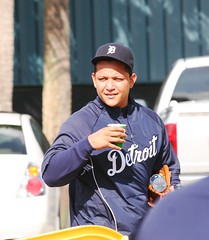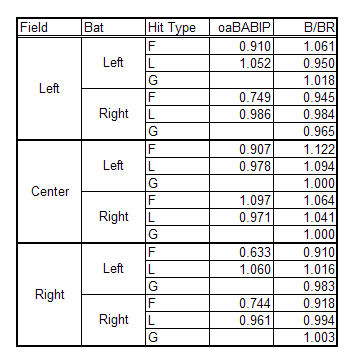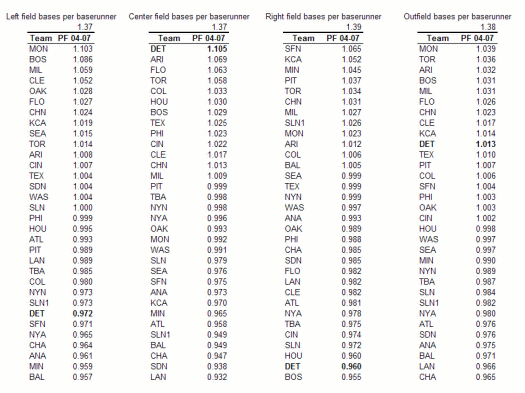A startling amount of news from the beat writers and analysis from bloggers today. Inge likes catching, Cabrera at first base, and more.
Inge says catching is fun
Brandon Inge is just too fascinating to resist. The very different views of his defense, the despair over his offense, the sympathy and lack of sympathy over his plight to get traded, his early season success while essentially being a full time player the first 25 games, people clamoring for Inge to return to third base, it’s the gift that keeps on giving for bloggers. Now it appears that Inge thinks catching is cool.
Inge said Tuesday that he still prefers to play third base — “my first love” — and that a chance to play at third regularly could persuade him to play elsewhere.
“Yeah, yeah, I’m not gonna lie,” Inge said, “but I’m good with the catching, too. I don’t like sitting.
“And I love Detroit. I love everything about it.”
It’s quite the shift from his stance this spring when he was catching and complaining about it, and doing it enough to draw ire from me. He later backed off those statements when it became clear Vance Wilson wouldn’t be breaking camp with the team.
I’m in agreement with Ian and Kurt that the possibility of Inge catching next year if Pudge Rodriguez isn’t back would definitely be a nice option for the Tigers to have.
Continue reading Junkballing: riding the river of news


